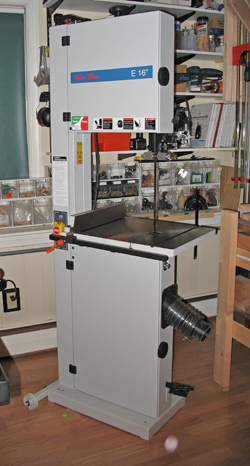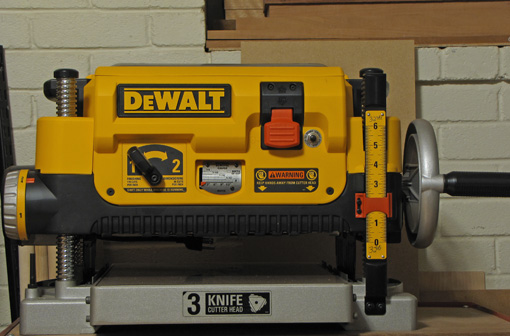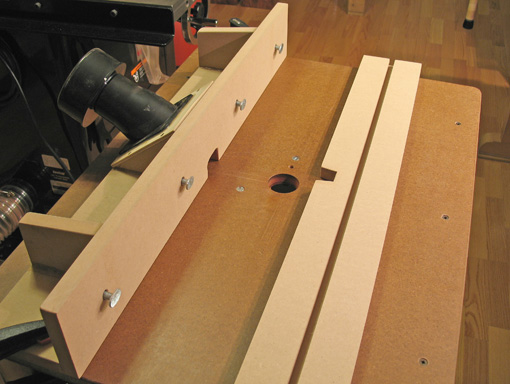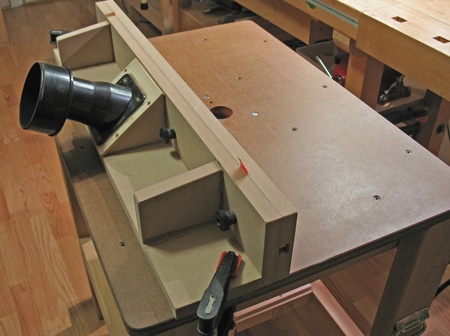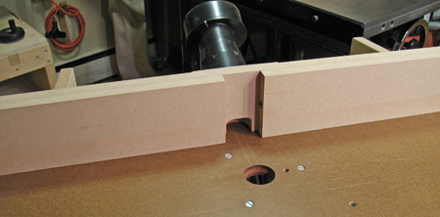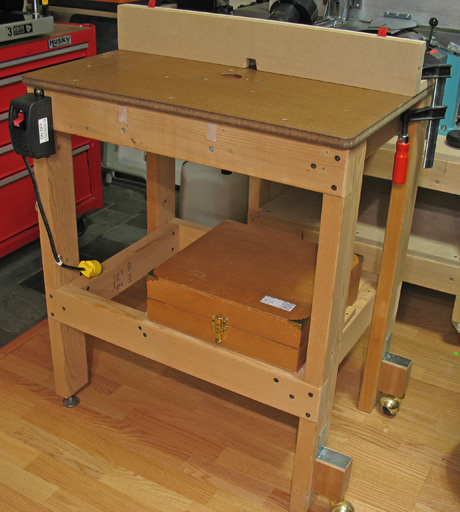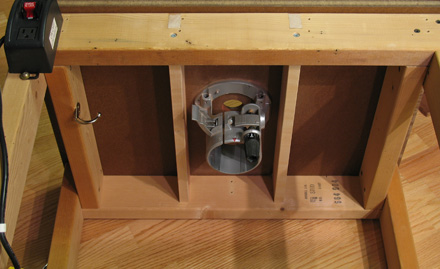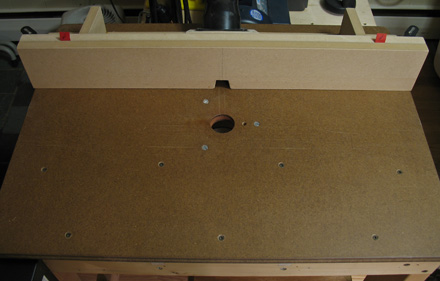To a woodworker tooling up a new shop or upgrading an established one, I suggest the second major machine acquisition should be a good quality bandsaw. Nope, not a table saw, not in the number two slot. True, the table saw rips and crosscuts very well but is far less versatile.
The great freedom afforded by a good bandsaw can change your relationship to wood. Here’s a sampling of some bandsaw work:
- cut curvy legs from 12/4 mahogany
- resaw a 10″ figured board into bookmatched panels
- make your own 3/32″ veneer
- select out furniture parts from stock irrespective of their orientation to the original edge of the board
- cut tenons
- cut and dry some wood from a tree felled in your backyard
- try some sculptural work
- rip laminates for bent lamination work
- cut out cartoon characters and toys for your kids
A bandsaw will generally not rip as cleanly as a table saw, but with an excellent blade it does a surprisingly good job that is just a very few hand plane passes away from finished. For clean, accurate, consistent crosscutting, it must be conceded that the table saw is the clear winner. Still, the shooting board can take care of that issue. Nonetheless, if I had to give up one of these two machines, there is no doubt the table saw would go because the lack of a bandsaw would be far more limiting to my range of designs and work.
The bandsaw also takes up much less shop space than a typical table saw. There is an additional, hard to define virtue of bandsawing. It is the machine work that I liken most to hand tool work. I feel in touch with the cutting action and in control of the work, unlike with the table saw where, after the setup for a cut, the machine essentially rules. A bandsaw is also way more just plain fun to use than a table saw, jointer, or planer.
I would strongly suggest a steel frame saw in preference to a cast iron version. While a review of specific machines is beyond the scope of this post, I suggest to look for at least 10″ cutting height, preferably 12″ or more. Lower priced steel frame saws in the $800-900 range, such as the Rikon 10-325 or Grizzly G0457, are not more expensive than a quality cast iron model plus a riser block. Better still, move up to a Minimax or Agazzani.
So just as my New England Patriots (to raise the hackles of lots of readers) produce consistent winners by building the roster based on players’ value and versatility, go ahead and add a quality bandsaw early on in your woodworking lineup. Just remember, the pursuit of perfection is fraught with agony. (Yea, yea, I know: 18-1.)
